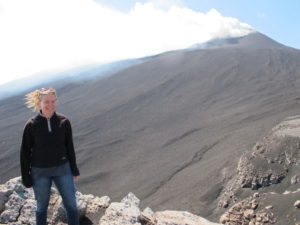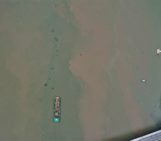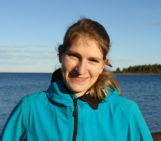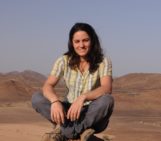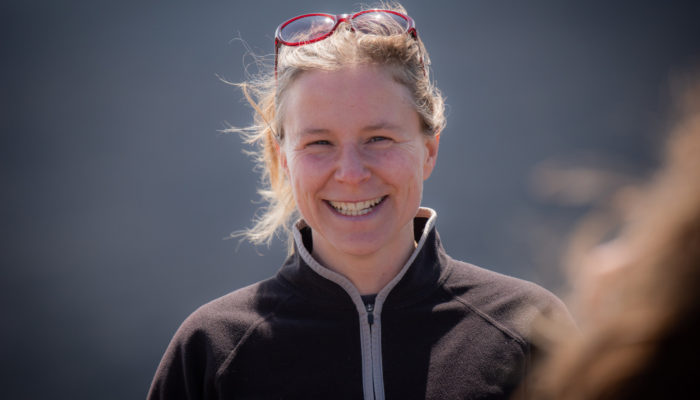
Hi Morelia. Thank you for joining us today! Could you tell our readers a bit about yourself and your research?
Hi, I am Junior Professor for Marine Geomechanics at GEOMAR Helmholtz Centre for Ocean Research Kiel and Kiel University in Germany. I graduated at the University of Bremen (Germany) and did my PhD in 2013 at the National Oceanography Centre Southampton in the UK. After a short postdoc there, I moved on to Kiel where I have been since and where I live with my family. We have two kids, ages 6 and 8. My research focusses on marine geohazards and I am interested in the sources of tsunamis, in particular, submarine landslides. I investigate the remnants of submarine mass movements at the seafloor as well as active seafloor deformation using a variety of different methods. With my research, I want to contribute to a better understanding of how these potentially dangerous events initiate so that in the future, monitoring of precursory signals becomes possible.
Your research delves into phenomena otherwise unseen by humans. Can you tell us why we should be paying attention to deep-water landslides?
During a landslide, seafloor sediment moves rapidly down submarine slopes. The sudden displacement of huge volumes of water can generate a tsunami wave. Did you know that about a quarter of all tsunamis are caused by submarine landslides? This is also the case for landslides (subaerial and submarine) resulting from volcano flank collapses. The collapse and tsunami of Anak Krakatau in 2018 is a recent example.
The collapse of a volcano’s flank could be triggered by a range of processes, from regional tectonics to the “ooze” of dead plankton, with varying degrees of influence. How do researchers such as yourself unpick the story of underwater natural hazards from the noise of other phenomena?
You are absolutely right – the seafloor as we see it today is the result of many different processes, such as tectonics, sediment transport, bottom currents, fluid flow, just to name a few. This makes it sometimes difficult to distinguish between cause and effect, especially when looking at the remnants of very old landslides. For example, was the gas migration structure responsible for triggering the landslide, or did it form in response to the stress changes induced by the landslide? It helps to compare areas that are unaffected by landslides. The most promising and challenging option to learn more about the processes that can cause these dangerous events is direct observation. Unfortunately, these are sparse because the deep sea floor is difficult to access!
The threat of collapsing volcanoes and the resulting tsunami, such as those of Mount Etna or La Palma, has often been picked up by the media to capture the public’s imagination for better or worse. How important do you think it is for experts to bring their voice into public communication on hazards?
I am convinced that we as scientists need to say openly what we know from our research. The challenge is to communicate the uncertainties associated with this research in an understandable manner. It is also important to explain the huge time scales that we as geoscientists deal with. For us, several thousand years may seem like very little, because we know many geological processes that act over millions of years. However, non-geologists may not have this perspective. Consider physicists who work on nanosecond time scales… In my group we run a website that provides a lot of information on volcano collapses in a comprehensible manner. The website is intended to be the link between the pressing research questions and the specific work that we do. You can check it out and see for yourself if we achieve this: www.pre-collapse.eu
Finally, what’s next on the horizon for you?
Together with colleagues from INGV Catania and GFZ Potsdam we have built a land- sea observatory at Etna to monitor the gradual seawards sliding of Mount Etna’s unstable southeastern flank onshore and offshore. It is the only shoreline-crossing volcano observatory that I am aware of. We have now been recording the first deformation signals and I am extremely excited to analyse the data and see what we can learn from the integrated measurements!

